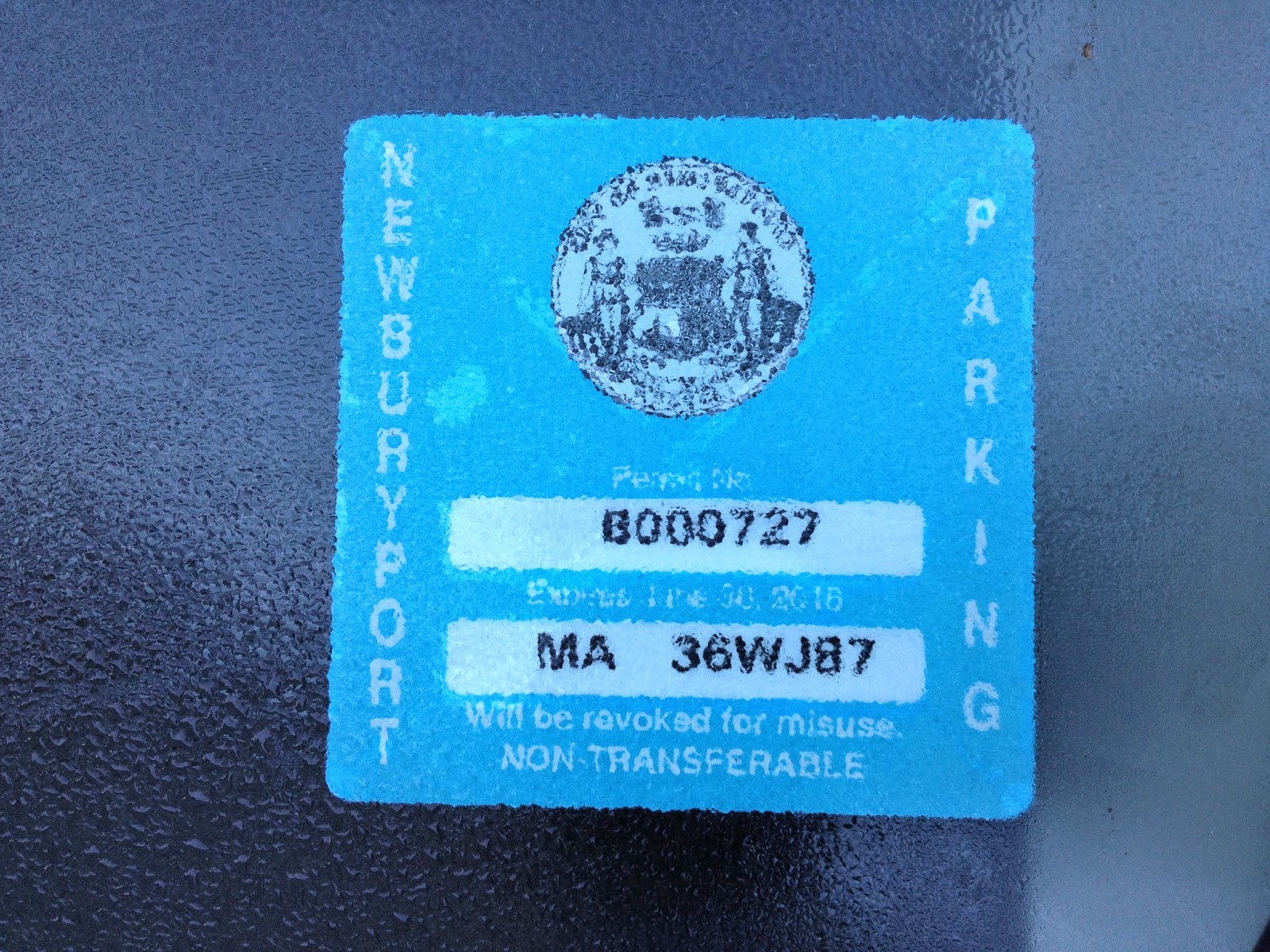Late Summer Lessons

I took my last summertime tour of the garden today, pulling weeds, harvesting veggies, and surveying what we accomplished this year. It is the end of August, and while we of course have many fine days ahead of us, the nightime chill is already a reminder that our beautiful New England summers are also fleeting. There's a lot to be proud of, but no matter how long we've been at this gardening thing, there's still a lot to be learned. This year, there are three planting lessons that are obvious to us only now, a good four months after the mistakes were made. Gardening is a long game. Lesson #1: Don't plant pumpkins near roses. It never occurred to me that this could be a problem, but it has been. The last half of August has been quite dry, and powdery mildew has overtaken our pumpkin vines (ditto for the squash, zucchini, and cucumbers). Having the pumpkin vining around the rose bushes has also led to their infection with powdery mildew in recent days, as yo...










